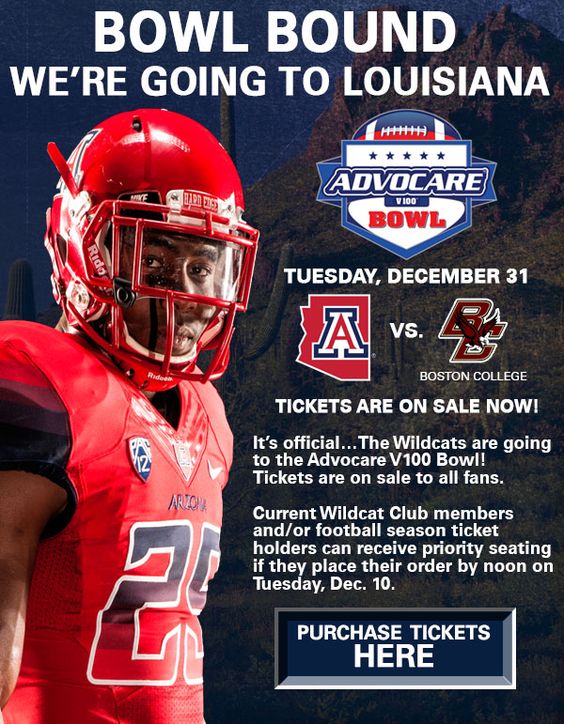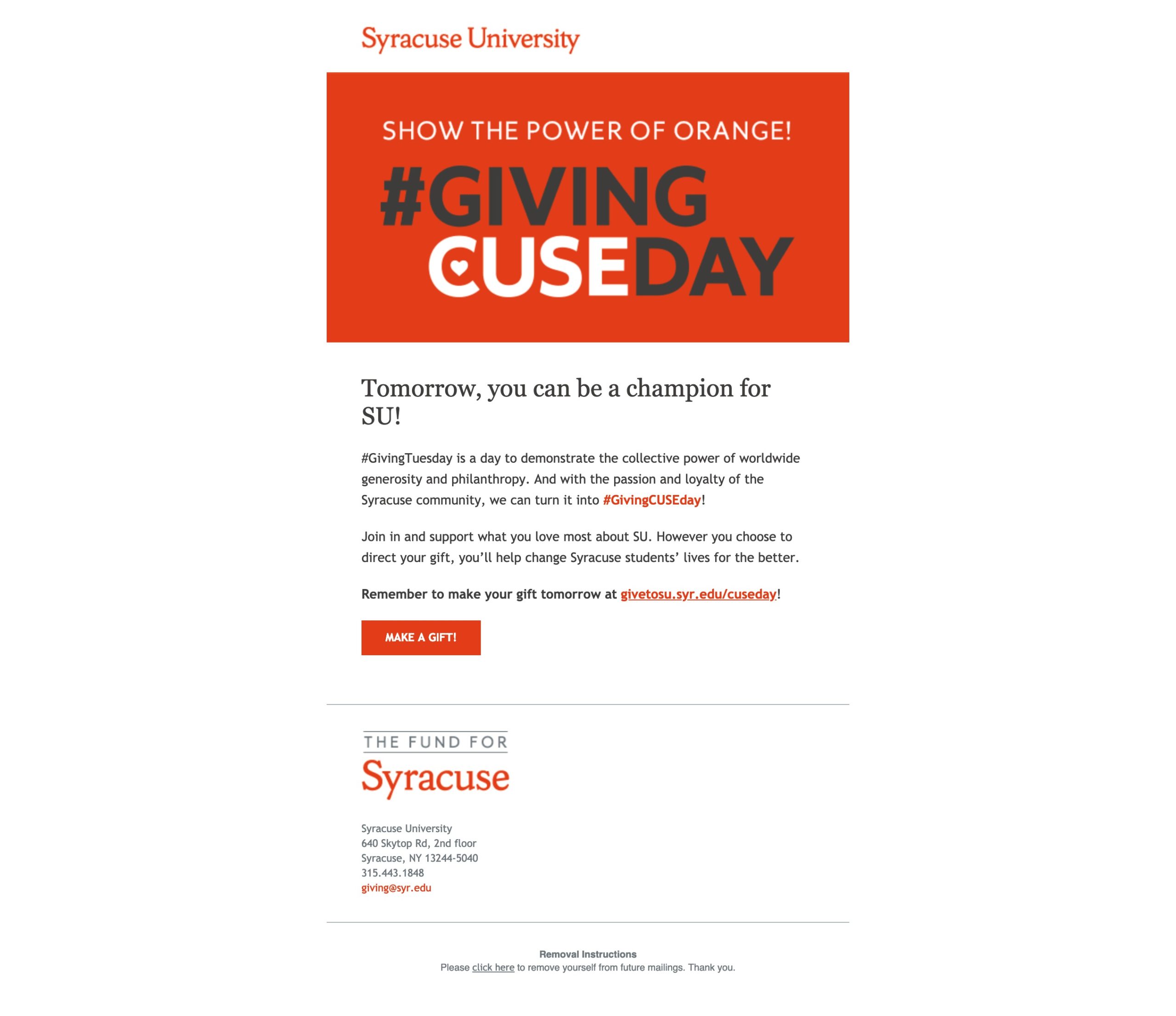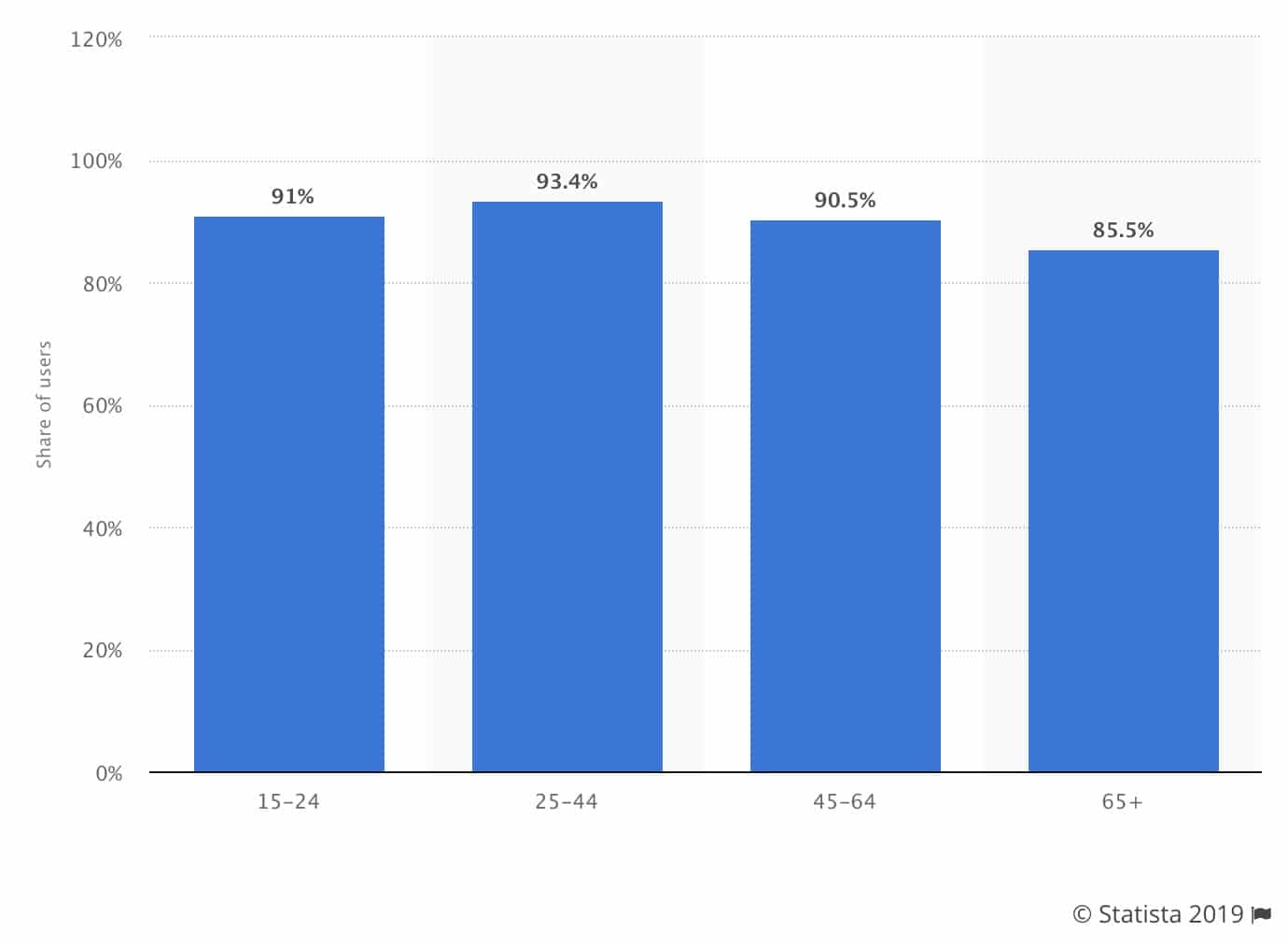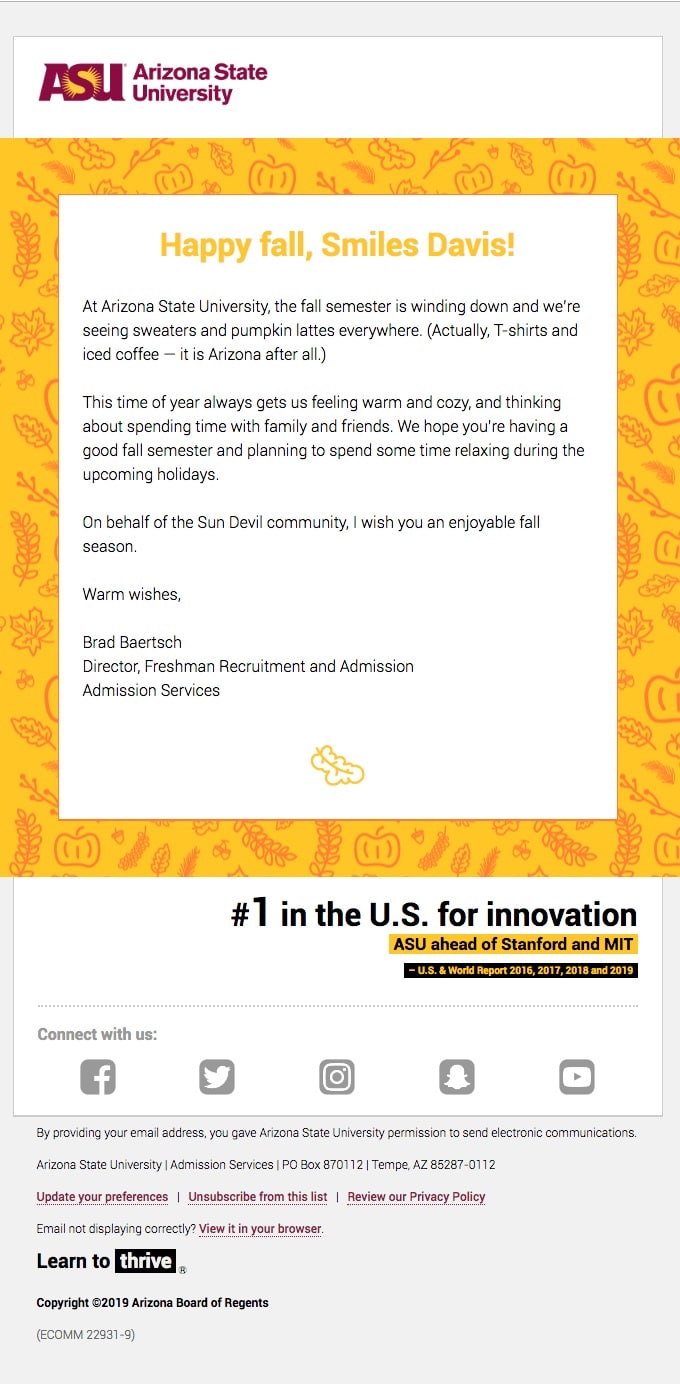8 Email marketing best practices for higher education
In 2018, there were more than 12 million college and university students under the age of 25. That’s an all-time high for enrollment in this age group—commonly known as Gen Z. But it also represents a massive potential audience for email marketers. However in order to be successful, it’s important for marketers to break away from the traditional best practices for email marketing and focus on how to appeal to this unique audience with different habits and behaviors.
In this post, we’ll provide a few tips and best practices for higher education email marketing that will specifically resonate with this generation of students.
It’s helpful if you first understand why email marketing to a younger audience is a whole different ball game and requires a different strategy. This generation grew up in and live in a world where they’re constantly connected, and it shows with their email habits.
Source: Statista
An overwhelming majority of Internet users under the age of 24 use email. According to a study by YouGov, the majority of Gen Z might have started using email before they were even 10-years old. The same study also found that 25% of Gen Z participants check their email first when they wake up. So if you’re recruiting, retaining, or fundraising, it’s safe to say you want to be in their inboxes.
8 tips for creating a successful higher education email marketing campaign
We know that higher ed marketers understand the opportunity they have to connect with potential and current students and alumni. But this generation can be tricky to engage, and there are many other challenges presented to your university marketing efforts in today’s world.
When nearly 75% of university marketers plan to increase spending on email campaigns, let’s make sure that money is being put to good use. Here are eight higher education email best practices you should follow to engage with your audience.
1. Segment and automate your emails
Segmentation is email marketing 101, and it’s especially important for higher education marketers.
Remember, your audience is used to technology that delivers benefits to them at the exact moment they need or expect it. You can deliver that same experience with your emails through segmentation and automation.
Any information you’ve collected about interested applications and students can be used to your advantage. Use all of this data to create detailed segments to define your specific audiences so you can create customer journeys, targeted messaging, and touch points for each.
Creative ways to segment your audience include:
-
Enrollment status
-
Major or school
-
Campus living situation
-
Home location
-
Extracurricular interests and social clubs
2. Add personalization wherever you can
If segmentation is email marketing 101, then personalization would be 102.
As consumers of anything, we’re almost always thinking of ourselves first. This audience is no different—if anything, the focus on the self is slightly elevated due to the prevalence of features on applications like Instagram and Snapchat. One of the best ways to get the attention of Gen Z is to make it clear that your email is relevant to them specifically.
Check out this example from Arizona State.
Source: Really Good Emails
This tactic isn’t new, but it’s a great illustration of simple personalization. Nearly 75% of marketers say personalization helps boosts customer engagement, and it’s one of the more widely-implemented email marketing best practices across all industries.
To make it work for your tech-savvy group, try personalizing by adding names and dynamic content based on their preferences.
3. Be smart with your From field
At the same time, your audience also pays attention to where their emails are coming from, but the sender field is often forgotten. More than 60% of your email open rate may be influenced by what you put in your From field.
Optimize this for your younger audience by using the department or group name instead of an individual’s name in this field. Your students are more likely to open an email from a group that is familiar to them rather than a random person they don’t know.
However, you can make an exception if that email is coming from a high-profile figure that’s well known to your audience. For instance, an email to University of Alabama students from the athletic department thanking them for their support during the past year would probably have higher engagement if it was addressed from head football coach Nick Saban.
4. Align email strategies across multiple departments
Speaking of different departments, it’s important to ensure alignment across all departments in your university—which we know can be difficult. But aligning strategies, at the very least, will help ensure clear, effective, and non-confusing communication to prospective students, current students, and alumni. Especially be mindful of your email distribution calendars. Make sure that you aren’t sending three different emails to one contact over the course of three days.
Maintaining a consistent brand and messaging is also critical. Your communications will be better received and your impact will be greater if your branding is consistent with audience expectations.
5. Design your emails for all devices
It’s easy to think about desktop emails first because that’s likely where we spend most of our marketing time, but that might not be where your audience is viewing what you’re creating.
The average Gen Z-er looks at five different screens each day—compared to three screens for millennials. Those screens include desktops, televisions, smartphones, laptops, and tablets, and students use each for a different purpose.
It’s important to design your emails to look flawless and work correctly across all formats, but especially mobile, as we know that’s where Gen Z spends the majority of their time. Consider a responsive design, or create a separate template for each device. You should also consider how CSS code will impact your formatting depending on the different email providers your audience may use. (e.g. your email in Outlook may look completely different in Gmail)
6. Use compelling subject lines and eye-catching content
Attention spans are shorter than ever—Gen Z’s span is shorter than a goldfish, even—so it’s critical to grab the attention of this audience as quickly as you can. Start emails with a catchy (and honest) subject line that encourages them to open.
Also consider the content at the top of your emails. Barnes & Noble found that 42% of college students preview emails before they open them. Put your best picture and an eye-catching headline at the top of your email, so your contacts are more likely to open them and scroll.
This email example from the University of Arizona athletic department does a great job of grabbing your attention with an image and headline that stands out.

Source: Pinterest
If you want to wow your audience, think beyond static images. Remember, this crowd is used to virtual and augmented reality apps on their phones and is generally up-to-date with the latest tech innovations.
Even using video instead of a still image, you could increase clicks by up to 300%.
7. Integrate email and social media campaigns
Email is a great tool to reach your higher education audiences. But you have to accept that it’s not the only way your contacts will engage with you.
Gen Z social media users are especially into YouTube, Snapchat, and Instagram. If you’re going to reach your target audience, you’ll want to be active on those channels as well. Make sure your emails have links to these social media accounts so your students can follow you.
Take it a step further and integrate your email and social media campaigns into one. Check out this recent example from Syracuse University.

Source: Syracuse University
This email targeted students and alumni for a fundraising campaign. The university included their branded hashtag #GivingCUSEday so donors could share on their social channel of choice. This strategy allowed Syracuse to engage with their audience both through email and on social media.
8. Use A/B testing
You should always be testing your emails to determine what works with your audience and what needs improving.
You can test anything from subject lines, formatting, graphics, send times, and even colors of CTA buttons. You might be surprised what a big difference a little change can make. Just remember: never test just to test, make sure you have a strategy and methodology around it.
A/B testing is especially essential for your Gen Z audience. This demographic tends to follow trends and fads. If your email style, content, or language is outdated, you’ll be able to tell what you need to fix to resonate with this crowd properly.
Wrap up
The first step to creating a successful higher education email marketing campaign is to understand your audience. This generation is tech-savvy and connected, so your emails need to reflect that.
Keep these tips in mind:
-
Use compelling, personalized, and interactive content
-
Build templates that are responsive to various device formats
-
Integrate your emails with social media to cross-promote your campaigns
-
Test your emails
-
Don’t be afraid to make changes
Email marketing to Gen Z is different, but it doesn’t have to be challenging if you follow these best practices.
If you’re looking to improve your higher education emails, we’re here to help. Learn more about how your university can create compelling messages for students, alumni, and everyone in between.
MOST RECENT ARTICLES
Want to engage your audience and grow your brand? Try Emma's robust easy-to-use product today.















